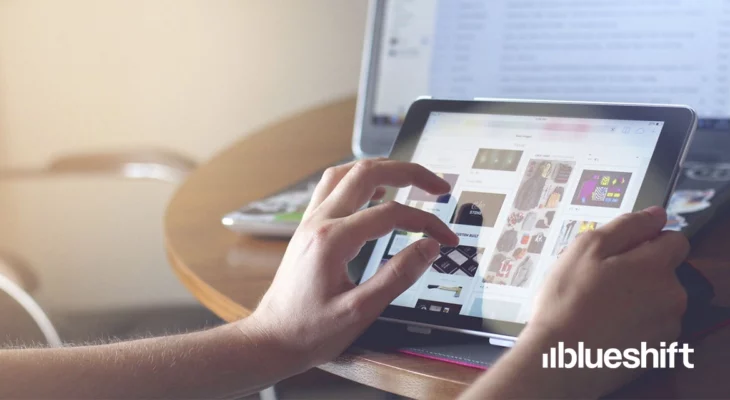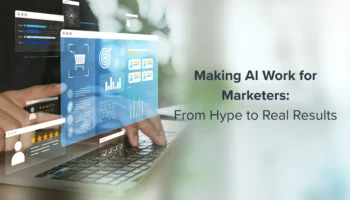With multiple devices at their disposal, a customer’s path to a digital purchase now often spans both a mobile device and a desktop. As an NYT article pointed out, “85 percent of online shoppers start searching on one device — most often a mobile phone — and make a purchase on another.” Comscore has declared that 2013 was the first year when the majority of users became “multiple platform”, i.e. they were accessing the same digital properties across multiple desktop and mobile devices. Indeed, Forrester has coined the term “perpetually connected customer” (PCC) for someone who owns and uses at least 3 connected devices, and thinks that close to half of online adults are now PCC.
These multi-platform perpetually connected customers are also becoming addressable in new and interesting ways at large scale:
- As of last year, Apple had already sent 7.4 trillion push notifications through its iCloud service on iOS and Mac
- Due to high social media consumption on mobile devices, Facebook’s FBX was already serving billions of retargeting ad impressions as of mid last year
Gone are the days when digital relationship marketing could be equated with just email, and the expectation that the email would be opened on the desktop. Today’s customer is engaged through variety of messaging techniques on multiple devices, and relationship marketers have to catch up to that reality.
But therein lies the challenge: how is the marketer to unify all the information about a customer, and engage with the customer with the right message and deliver it on the right platform, using the right channel? Take something as basic as an abandoned cart reminder, which in the old days was simply a triggered email. How do you scale a simple campaign like that to target the perpetually connected customer on the right channel, intelligently switching between email, push notifications and retargeting?
We have 3 tips for marketers to adapt to this brave new world:
- Stop treating platforms and channels as silos: In this multi-platform world, the article goes on to point out, platforms and channels cannot be a silo anymore. As the NYT article points out, Jason Spero, director of mobile sales and strategy at Google, slowly came to the realization that you can’t ‘put mobile in a silo. It’s also about the desktop’. Similarly, you can’t simply treat channels like email, retargeting and push notifications as silos in themselves; the optimal strategy would be to find the right channel and the right platform for each user.
- Move away from list pulls to personalized triggered communication: Relationship marketers have long been to a model of defining target audiences, and “pulling lists” that match these criteria, and setting up campaigns that get delivered in batch mode to the entire list. However, in the perpetually connected world, the customer values personalized communication in context. Moving towards personalized real time triggered messages, instead of audience based batched communication, is the best way to engage the customer throughout their lifecycle.
- Develop unified attribution and testing to measure true lift: In the multi-platform, multi-channel world, testing new strategies requires superior discipline on measurement and attribution. As a simple example, if you spend dollars on display retargeting on a mobile device, how can you truly understand whether the customer would have purchased anyway, through other free messaging channels like email or push notifications? Despite knowing that techniques last click attribution have deep flaws, marketers have often lacked tools that help them measure the true lift. A/b testing methods that only show channel level metrics in a silo need to be replaced with techniques that measure the impact of various levers on treated and holdout populations across channels and devices.
At Blueshift, we are building solutions to address these challenges (sign up to stay updated on our launch). But in the meanwhile, we would love to hear how you have been solving them.




